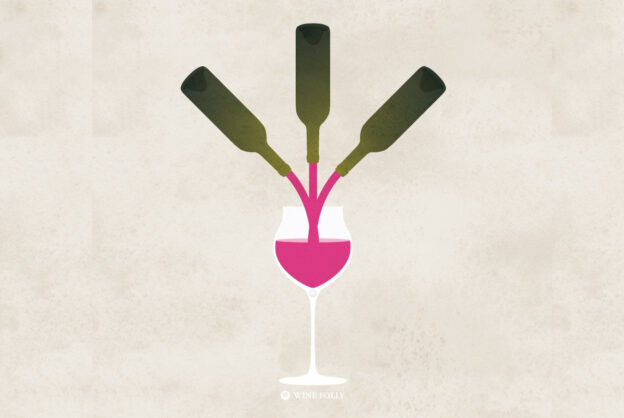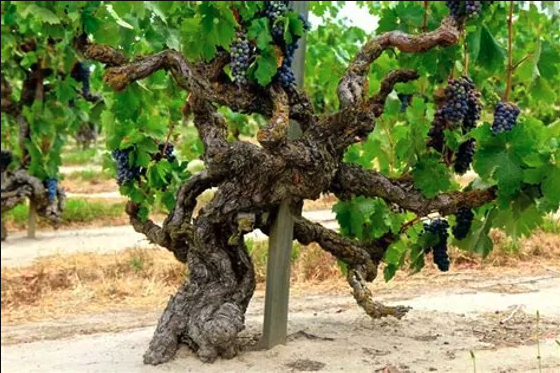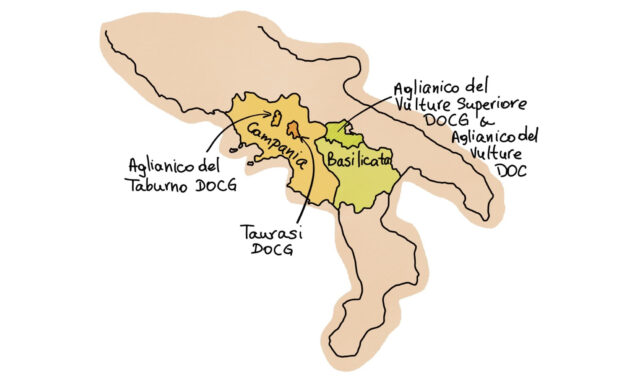Chardonnay is the most popular and widely grown white grape variety in the world. It can be grown successfully in a variety of different climates, from cool through hot, so can be found in just about every wine region. It is also considered a winemaker’s wine because the Chardonnay grape is essentially a blank canvas that can be produced in a variety of styles based on the winemaker’s preference.
Chardonnay’s origins are in Burgundy, France where it is unquestionably made into one of the world’s greatest wines with both power and finesse. However, most people in the United States think of Chardonnay wines as those big, buttery fruit bombs produced in California in years past. That heavy, rich style of Chardonnay is on the decline as most consumers are looking for a more sophisticated style of wine.
If you like the structure and body of Chardonnay, but want to try something a little different, take a look at these alternatives.
Viognier
Viognier originated in France, with the very best coming from Condrieu in the Rhone Valley. It is often used as a blending partner with Syrah/Shiraz, adding beautiful floral aromas. On it’s own, Viognier produces a full-bodied, soft wine with aromas of peach, pears, vanilla and violets. It also has higher alcohol levels that contribute a signature oily texture on the tongue. Viognier has a similar weight and body to Chardonnay, but has more perfumed aromas. Viognier pairs well with seafood, pork, root vegetables and spicy international dishes.
Reccommendations:
- Miner Viognier ($18)
- Barboursville Vineyards Reserve Viognier, Virginia ($20)
- Stags’ Leap Winery Viognier ($25)
- Darioush Signature Viognier ($50)
- E. Guigal Condrieu ($55)
White Rhone Blends (Grenache Blanc, Marsanne, Roussanne, Viognier)
White wines from the Rhone Valley of France, or Rhone-style wines from other parts of the world, are always blends of a number of grape varieties. The most commonly used varieties are:
- Viognier (see above)
- Marsanne: contributes lemon, apricot, full body, higher alcohol and an oily texture
- Roussanne: contributes pear, herbal notes, good acidity and higher alcohol
- Grenache Blanc: contributes green plum, citrus, pear, brioche, low acidity and higher alcohol
- Clairette: contributes freshness, fennel, apple, and grapefruit
- Bourboulenc: contributes lemon and higher acidity
As a result of blending, these wines are typically well balanced, with ripe fruit profiles, higher alcohol and a weightier texture. Less expensive white Rhone wines (e.g., Cotes du Rhone Blanc) will be made in stainless steel and released young for early drinking. The more expensive options (e.g., Chateauneuf du Pape Blanc) will be aged in oak, have greater structure and complexity, and can be cellared for a number of years.
Recommendations:
- Chateau Pesquie Cotes du Ventoux Cuvee des Terrasses Blanc ($16)
- d’Arenberg The Hermit Crab McLaren Vale ($17)
- Francois Villard Les Contours de Mairlant ($20)
- Domaine de Saint Cosme Les Deux Albion ($25)
- Le Vieux Donjon Chateauneuf du Pape Blanc ($60)
Pinto Gris
Pinot Gris is the same grape as Pinot Grigio, but when produced outside of Italy it tastes like an entirely different wine! Whereas Pinot Grigio has been described as “alcoholic lemon water”, Pinot Gris from areas like Oregon, Washington and Alsace, which are often aged in oak, take on expressiveness and complexity. Oak aged Pinot Gris is very aromatic with aromas of peaches, cantaloupe and marzipan.
Recommendations:
- Elk Cove Pinot Gris, Oregon ($18)
- The Eyrie Vineyards Pinot Gris ($25)
- Trimbach Pinot Gris Alsace Reserve ($30)
- Albert Boxler Pinot Gris ($40)
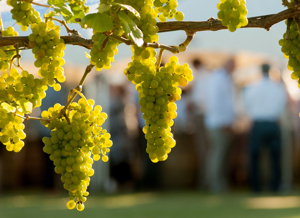
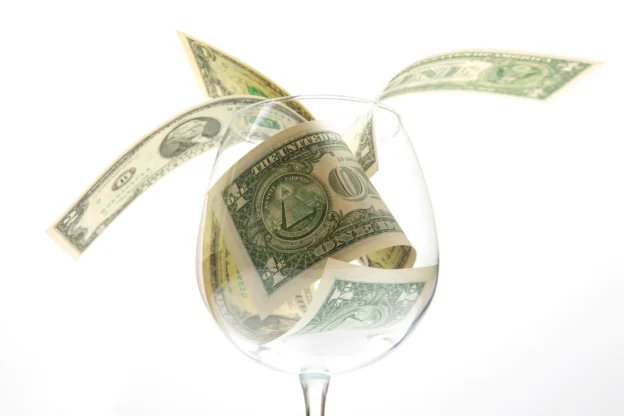
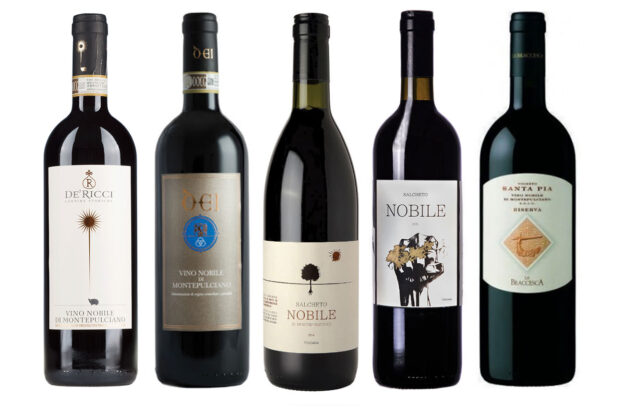
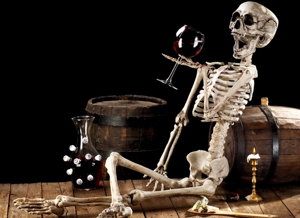


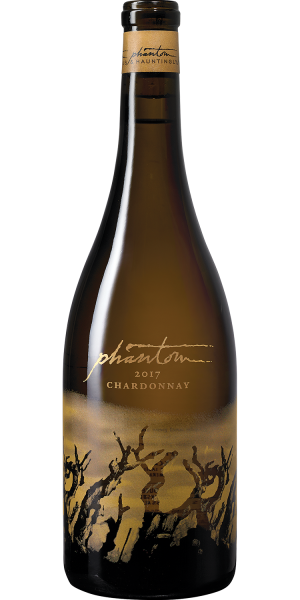


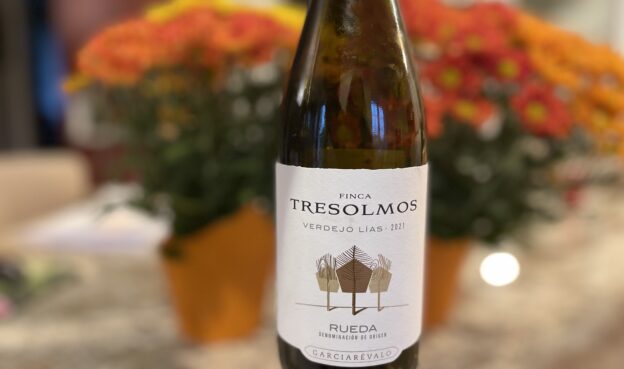
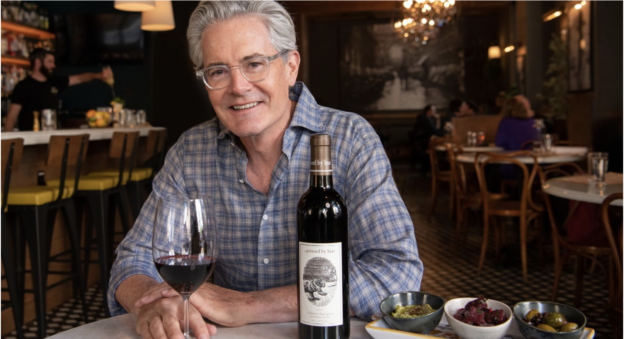
 At the very top of the list is Pursued by Bear by Kyle MacLaughlin (Dune, Twin Peaks, Sex in the City). He started a vineyard in his home state of Washington in 2005 as a passion project and to be close to family. He is involved in every aspect of the business, including vineyard sourcing, blending and even choosing the barrels for aging the wines. He produces a “Baby Bear” Syrah ($55) and Cabernet Sauvignon ($60) that are excellent examples of the high quality wines coming out of Washington State’s Columbia Valley. The Cabernet in particular is silky and elegant, with black fruit balanced by an earthy note, soft tannins and wonderful finesse.
At the very top of the list is Pursued by Bear by Kyle MacLaughlin (Dune, Twin Peaks, Sex in the City). He started a vineyard in his home state of Washington in 2005 as a passion project and to be close to family. He is involved in every aspect of the business, including vineyard sourcing, blending and even choosing the barrels for aging the wines. He produces a “Baby Bear” Syrah ($55) and Cabernet Sauvignon ($60) that are excellent examples of the high quality wines coming out of Washington State’s Columbia Valley. The Cabernet in particular is silky and elegant, with black fruit balanced by an earthy note, soft tannins and wonderful finesse. The other celebrity wine that knocked my socks off was Two Paddocks by Sam Neill (Jurassic Park, Jurassic World, Event Horizon). Pinot Noir isn’t my favorite grape variety, but the Two Paddocks Pinot Noir ($45) took me completely by surprise. This wine is made in Central Otago, New Zealand, and area that is fast becoming renowned as one of the best sources of Pinot Noir in the world. It is cool, dry and gets a tremendous amount of sunlight, which develops intense flavors while retaining all-important acidity. Sam Neill started the winery (which is the southernmost vineyard in the world!) in 1993 and it is certified organic and biodynamic. Two Paddocks is hands down the best Pinot Noir I have tasted from New Zealand, and perhaps beyond. This wine is bursting with red berries, spice and plush tannins, making it full of flavor, elegant yet textured.
The other celebrity wine that knocked my socks off was Two Paddocks by Sam Neill (Jurassic Park, Jurassic World, Event Horizon). Pinot Noir isn’t my favorite grape variety, but the Two Paddocks Pinot Noir ($45) took me completely by surprise. This wine is made in Central Otago, New Zealand, and area that is fast becoming renowned as one of the best sources of Pinot Noir in the world. It is cool, dry and gets a tremendous amount of sunlight, which develops intense flavors while retaining all-important acidity. Sam Neill started the winery (which is the southernmost vineyard in the world!) in 1993 and it is certified organic and biodynamic. Two Paddocks is hands down the best Pinot Noir I have tasted from New Zealand, and perhaps beyond. This wine is bursting with red berries, spice and plush tannins, making it full of flavor, elegant yet textured.